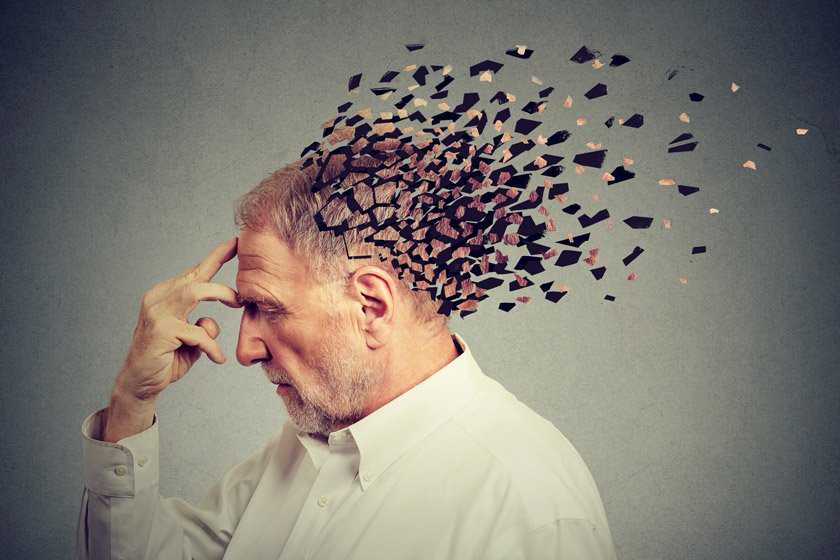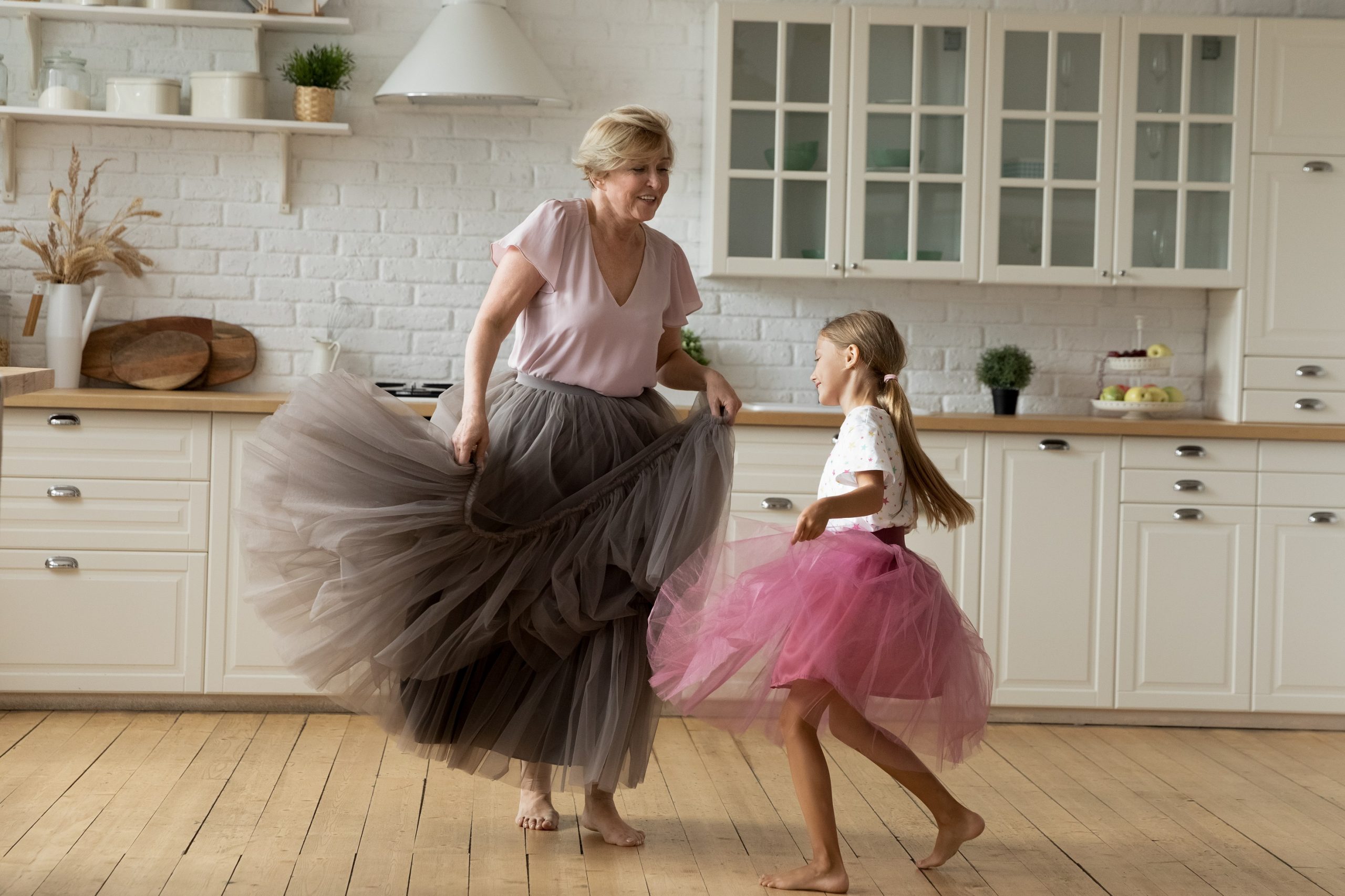
The Power of Dance to Prevent Alzheimer’s
As a compelling form of communication, humans have used dance since the beginning of time and continue to do so today in various styles. We use it to express ourselves, celebrate, mourn, connect and communicate. As a delightful bonus, dance’s muscular action and physiological processes strengthen the immune system and contribute to our wellness. We use Dance to Prevent Alzheimer’s and also reduces the risk of Dementia by 76%, significantly more than reading, and conditions an individual to moderate, eliminate, or avoid tension, chronic fatigue, and other disabling conditions that result from stress. In addition, dance can prevent Alzheimer’s disease and other conditions related to cognitive decline.
Contents
- 1 What Causes Alzheimer’s?
- 2 How does Dementia Affect the Brain, and What are its Symptoms?
- 3 The Connection Between Physical Exercise and Dementia
- 4 The Brain and Heart Go Hand in Hand
- 5 How Brains and Minds are Connected?
- 6 How the Brain and Social Health are Interconnected?
- 7 What are the Most Effective Dances?
- 8 Final Words
What Causes Alzheimer’s?
Several factors, including age, genetics, environment, lifestyle, and coexisting medical conditions, may play a role in Alzheimer’s, including complex interactions among multiple factors. Some risk factors cannot change, such as age or genes, but others, such as high blood pressure and lack of exercise, can be altered. Several factors have been shown to contribute to the condition, including:
- Smoking
- Obesity
- Alcohol consumption
- Hypertension
- Hearing impairment
- Depression
- Diabetes

How does Dementia Affect the Brain, and What are its Symptoms?
Under the Centers for Disease Control and Prevention (CDC), Dementia is a group of conditions with cognitive impairment as their key characteristic. The majority of people with Dementia are older than 65, but it is not a natural process of aging. The disease is also irreversible, and it worsens as it progresses. Here is more information about What it Is Dementia Disease?
Based on the World Health Organization (WHO), The symptoms of Dementia can take many forms and may include:
- Confusion, memory loss, and poor judgment.
- The inability to understand, express thoughts or read and write.
- Losing one’s way in a familiar neighbourhood.
- The inability to handle money responsibly and pay bills on time.
- Frequently asking the same question.
- Finding it difficult to follow a conversation or find the right words.
- Mood swings.
The Connection Between Physical Exercise and Dementia
Over the past few months, three major long-term studies have attempted to identify the types of physical activity linked with the most significant prevention and protection against Dementia. According to these studies, which tracked thousands of people over many years, physical activity contributes to a lower risk of Dementia.
Even non-traditional exercises, like household chores, can contribute significantly, although vigorous exercise seems to be the most beneficial. The finding was so promising that they offered a positive result in reducing the risk of Dementia for those from families with a history of Dementia.
The Brain and Heart Go Hand in Hand
Dance keeps people engaged and increases the feel-good hormone serotonin levels even when they are not speaking. Research indicates that cardiovascular diseases can lead to unfavourable psychological states like depression. Adverse psychological conditions can also raise the risk for cardiovascular disease. Alzheimer’s disease risks also increase by conditions threatening cardiovascular health, such as diabetes, high cholesterol, and hypertension.
Dance, along with a diet rich in fruits, vegetables, and whole grains and limits sugar and saturated fat, can lower the risk of cardiovascular disease. Read more on How to Prevent Alzheimer’s Through Nutrition? Supplements to prevent Dementia.
How Brains and Minds are Connected?
Dancing challenges the brain regarding memory, coordination, attention, and cognitive function. Several parts of the brain receive stimulation when your brain recalls dance movements. PET imaging studies conducted by Harvard Medical School have found that dancing opens new pathways for thought and ideas in the brain when neuron activity increases.
New England Journal of Medicine published a study of 469 people over age 75, finding that “taking part in leisure activities reduces dementia risk.” The study called for further evaluation but stated that “dancing was one of the best physical activities associated with a lower dementia risk.”
How the Brain and Social Health are Interconnected?
There is also evidence that social connections may help us remain mentally healthy as we age, like lowering the risk and preventing Alzheimer’s disease (although scientists aren’t sure why this happens).
A partner dance in a room full of people fulfills the human need for bonding with others since it is an excellent opportunity to form social connections. Read here on How Depression Can Lead to Alzheimer’s Disease.
Dance therapy improved moods, decreased anxiety, and reduced depression among people living with Alzheimer’s disease who participated in studies with limited numbers of participants. In fact, dancing had the same positive effects on them as it does on people without Dementia, so they experienced the same benefits.
What are the Most Effective Dances?
Fortunately, there are many types of dances to choose from and learn. Therefore, your brain is naturally challenged and stimulated to learn new things, focus and be active.
Some suggest learning specific dances based on their complexity, such as fox trots, waltzes, and swings. By doing so, your brain will have to rewire itself and make faster decisions about the movements you need to perform.
However, it is essential to note that there are differences between the cognitive benefits of different forms of dance. By memorizing sequences, you may improve your performance, but you will not create new neural pathways. Freestyle dancing requires constant split-second decision-making, which is the key to maintaining your cognitive ability. Due to this continuous rewiring of neural pathways, your brain becomes more cognitively efficient, and neuronal connections become more complex.
Final Words
Research on the efficacy of dance in treating dementia patients is relatively new, but many studies with a limited number of participants provide further evidence. Parkinson’s disease symptoms can also improve through dance.
It doesn’t matter if you’ve been dancing all your life, taking lessons, or making steps. When we intend to prevent Alzheimer’s: “Dancing is better than not dancing at all.”

As someone who loves to dance, I was delighted to read this article about the power of dance to prevent Alzheimer’s disease. Dancing not only helps me stay physically fit but also has a positive impact on my mood and mental well-being. It’s amazing that it could also protect my brain from the ravages of cognitive decline.
I have a personal story that highlights the benefits of dance in this regard. My grandmother, who passed away a few years ago at 97, was an avid dancer. Even in her later years, when she started to experience some memory loss, she continued to attend weekly dance classes and social events. I truly believe this kept her mind sharp and helped her maintain her independence and joy. It’s inspiring to know that researchers are now studying the link between dance and brain health, and I hope that more people will be encouraged to take up dancing as a fun and effective way to ward off Alzheimer’s and other forms of dementia.